Reading faces is part and parcel of everyday social experience. The judgments we make of people and the impressions we have so often depend on how we perceive their faces. Yet as PBS Professor Kurt Hugenberg points out, while at times we accurately interpret another’s attitude or emotion by their facial expression, we can also mistake the sheer structure of a face for an actual expression, whether of anger, untrustworthiness, dominance, or friendliness, though it provides no clue to the personality or emotional state of the individual behind it.
“People will use structural cues that are reminiscent of facial expressions in order to make inferences about what other people’s personalities are like. Some people’s faces structurally are smilier, some are structurally sterner, look scrunchy and scowly. Even though folks are not actually expressing displeasure, people read displeasure in their faces to make judgments. People use the structure of people’s faces to make inferences erroneously.”
Such judgments are often bound up with stereotypes of race and gender.
In the current study, Hugenberg and the members of his Stereotyping, Prejudice and Facial Expression Lab focus on how people also use prototypical facial features of race to make judgments rooted in racial stereotypes. “Faces vary in racial prototypicality,” he observes. “Skin tone, brow structure, lip thickness covary with race. Yet, these structural features can also become the basis for judgments of character.”


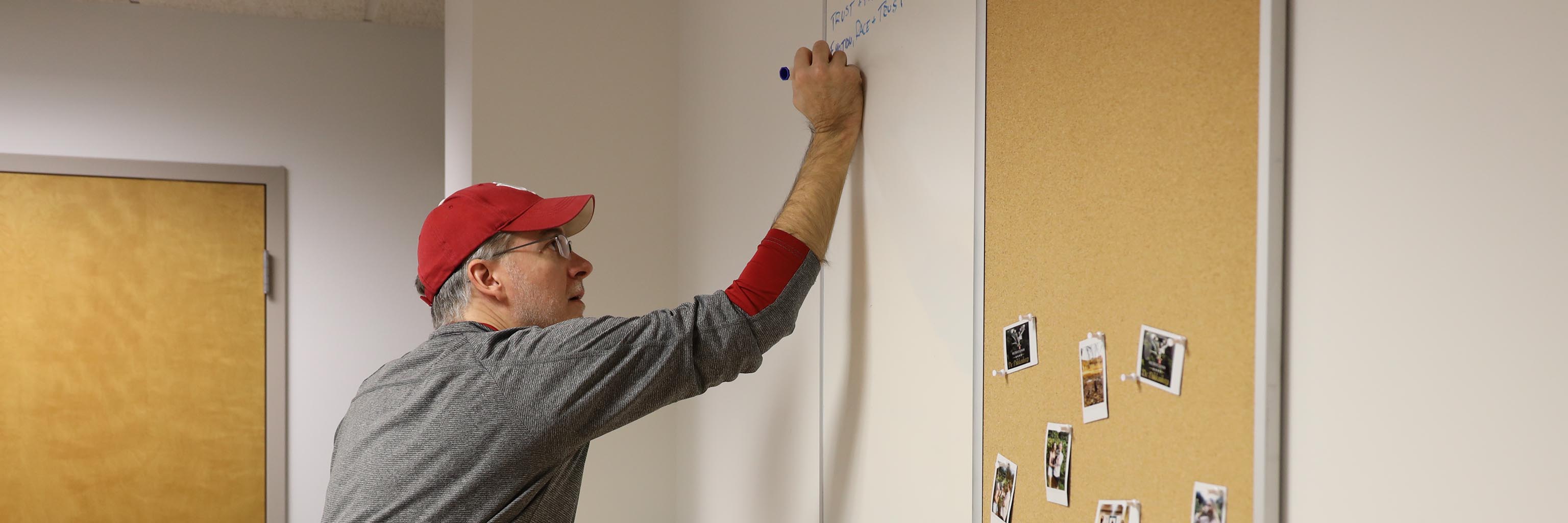
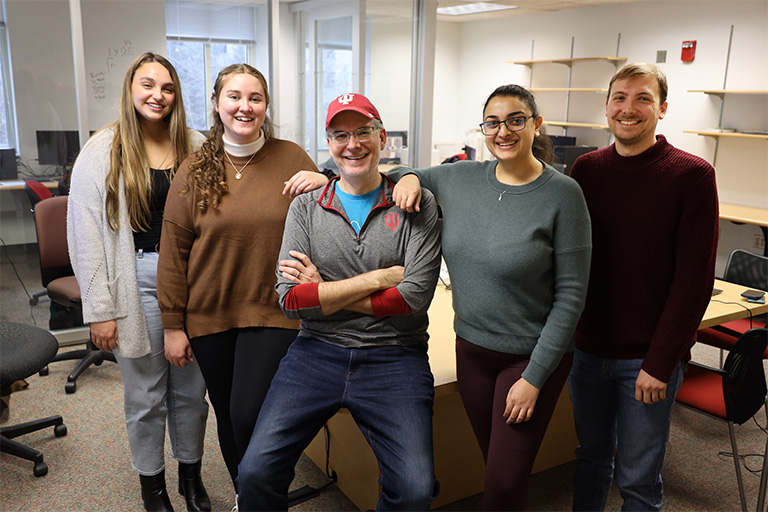
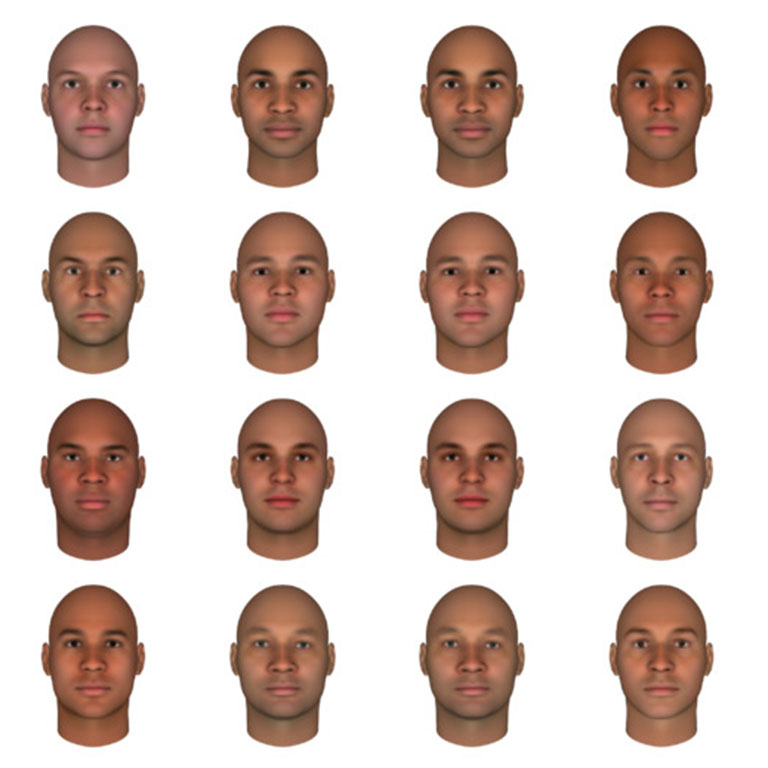
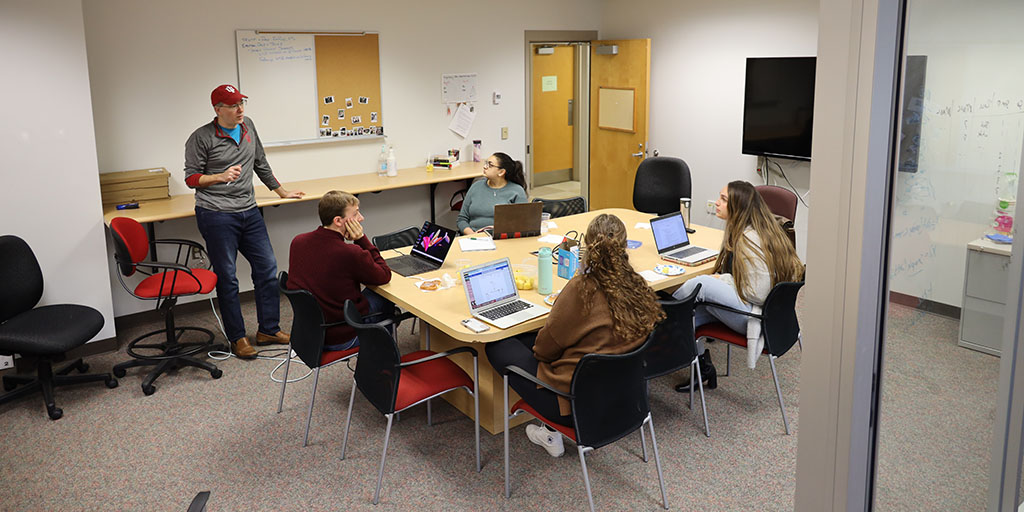
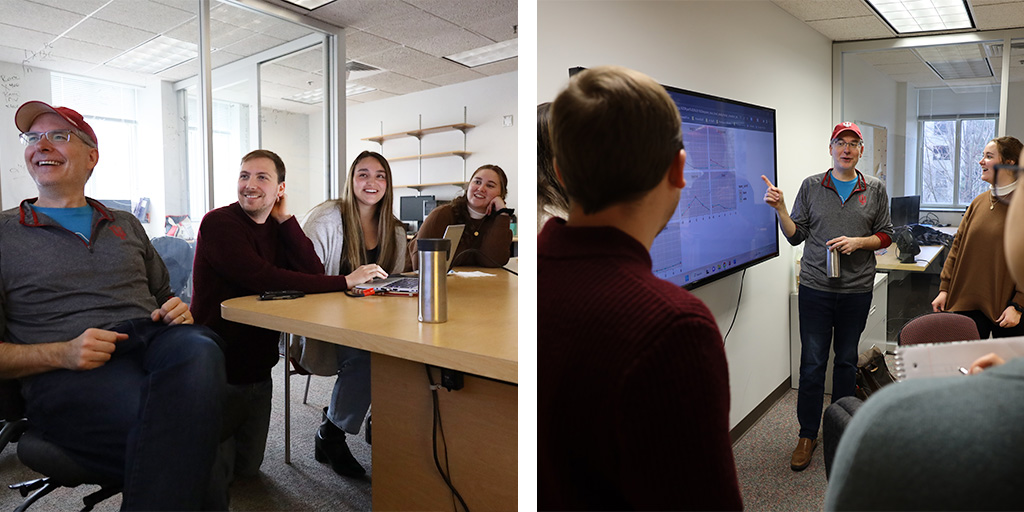
 The College of Arts
The College of Arts